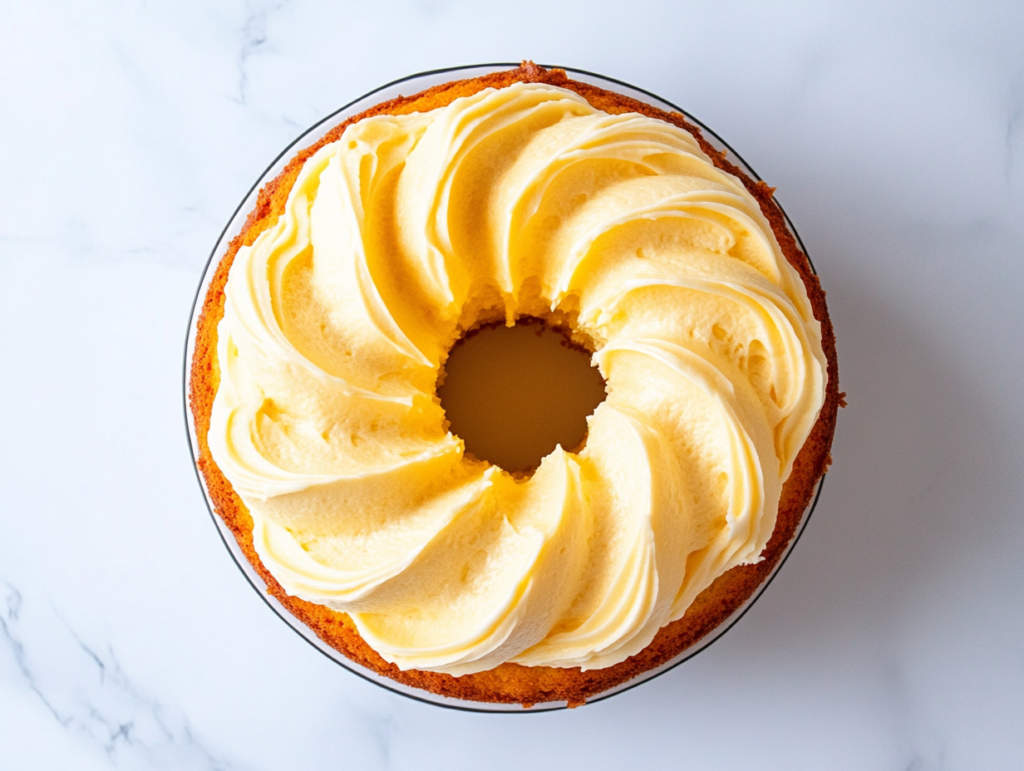There’s something magical about a cake that balances rich creaminess with a bright citrus punch—and this Lemon Cream Cheese Pound Cake does just that. It’s buttery, dense in the best way, and finished with a tangy glaze that feels like a stroll through a lemon orchard in spring.
The cream cheese adds a velvety depth that takes this beyond your average pound cake. It tastes as good as Lancashire Biscuits and Soufflé Crêpes—delicate, elegant, and delightfully indulgent with every bite.
What I love most is how it bridges old-school baking with a refined twist—Southern charm meets patisserie finesse. Whether paired with tea or served as a showstopper at brunch, it’s a slice of sunshine you’ll want to make again and again.
What Makes This Recipe Special?

- I first baked this cake for a summer book club, and the whole room went quiet after the first bite—everyone wanted the recipe before dessert was even done.
- The texture is unlike anything store-bought; the cream cheese adds a richness that makes it feel almost like cheesecake in pound cake form.
- Over time, I’ve tried it with Meyer lemons, added a lavender glaze, and even layered it with mascarpone—it’s endlessly adaptable without losing its core charm.
- It’s surprisingly filling but not heavy, so it’s been a helpful swap when I want something satisfying without overdoing it—plus, it stores beautifully for days.
- The flavor is unforgettable: creamy, zesty, and comforting—like a cross between your favorite tea cake and something you’d find in a European café.

Lemon Cream Cheese Pound Cake Recipe
Equipment
- 12-cup bundt pan
- Electric hand-held mixer
- Medium mixing bowls (at least two)
- Whisk
- Measuring cups and spoons
- Rubber spatula
- Cake tester or toothpick
Ingredients
- 1 tablespoon lemon extract
- 3 cups sugar
- 1/2 teaspoon salt
- 3 cups all-purpose flour
- 6 large eggs
- 1/3 cup fresh lemon zest
- 1/4 cup fresh lemon juice
- 1 8-ounce box cream cheese, softened
- 1 teaspoon vanilla extract
- 1 1/2 cups unsalted butter softened
Glaze
- 2 4 tablespoons fresh lemon juice
- 2 cups powdered sugar sifted
Instructions
- Preheat your oven to 325ºF (163ºC) and grease a 12-cup bundt pan.
- In a medium bowl, beat together the butter and cream cheese with an electric hand mixer until smooth and creamy.
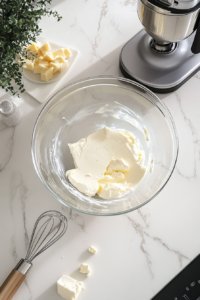
- Gradually add the sugar while mixing on medium speed until the mixture becomes light and fluffy.

- Add the eggs one at a time, mixing just until each yolk disappears. In another bowl, whisk the flour and salt, then add these dry ingredients alternately to the butter mixture with the lemon juice, beginning and ending with flour.

- Mix on low speed after each addition until just combined.

- Stir in the lemon zest, lemon extract, and vanilla extract until evenly incorporated.
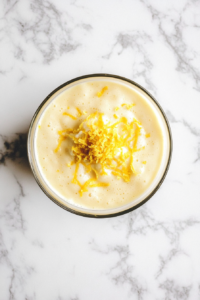
- Pour the batter into the prepared bundt pan and bake for 1 hour and 30–35 minutes, or until a cake tester inserted in the center comes out clean.
- Let the cake cool in the pan on a wire rack for 10 to 15 minutes before removing it to cool completely.
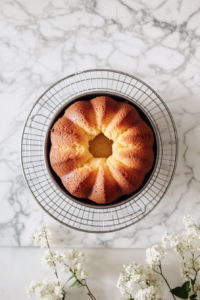
- For the glaze, mix powdered sugar with lemon juice until smooth and pourable, adjusting lemon juice gradually.
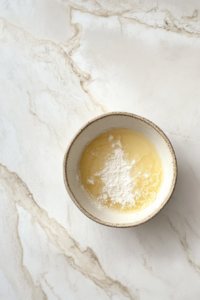
- Drizzle the glaze over the cooled cake.
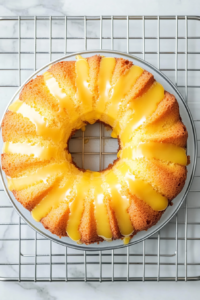
- Let it set before serving.

Notes
- For best results, use room temperature butter, cream cheese, and eggs to ensure a smooth batter and even baking.
- Alternate adding the flour mixture and lemon juice to prevent overmixing and keep the cake tender.
- Use fresh lemon zest and high-quality lemon extract to maximize bright, natural lemon flavor.
| Calories | 1036kcal |
| Carbohydrates | 143g |
| Fiber | 2g |
| Fat | 48g |
| Protein | 11g |
| Cholesterol | 244g |
Tips To Ease Your Job!
- Zest Before Juicing: Always zest the lemons before juicing them—it’s much easier and faster that way, and prevents waste.
- Use a Stand Mixer (If Available): For smoother batter and less arm fatigue, a stand mixer with a paddle attachment can make the creaming and mixing process much more efficient.
- Room Temp is Key: Set out the butter, cream cheese, and eggs at least 30–60 minutes before baking. Room temperature ingredients blend more easily, ensuring a light and uniform batter.
- Prep Ahead: Measure and prep all ingredients before you start mixing—this mise en place approach helps avoid mistakes and keeps your workflow sm
